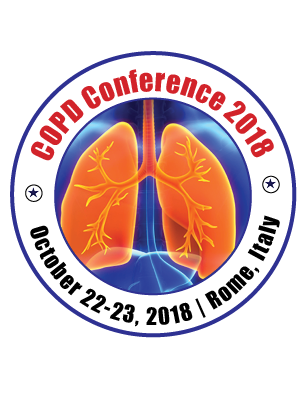
Liam Knox
Hywel Dda University Health Board, UK
Title: Early feasibility: Lessons learned from developing a Virtual Pulmonary Rehabilitation (VIPAR) Network
Biography
Biography: Liam Knox
Abstract
Statement of the Problem: For individuals with a chronic respiratory condition, pulmonary rehabilitation (PR) is very costeffective and hence should be an integral part of their care. National standards state that all eligible patients are offered PR but the UK COPD Audit Programme (2016) highlighted the wide variation in PR provision across Wales and only 31% of eligible patients in our region of 400,000 people received it. This was partly due to funding, recruitment of staff and also the rural environment where disabled people are expected to travel 30–100 miles, twice a week for seven weeks to attend a program.
Methodology & Theoretical Orientation: Investing into telemedicine and video conferencing helped us develop a hub and spoke model where a standard PR course of 10 patients (hub) was transmitted in real-time to a class of eight patients in a rural community hall (hub) using only two extra staff. Standard data was collected pre and post PR programmes. Patient focus groups were held to learn about patient experiences of pulmonary rehabilitation (PR), the video-conferencing (VC) and aspects they would like to see changed/improved.
Findings: Both groups were found to be similar at baseline at typical PR cohorts. Early evaluation (two courses–36 patients) suggests that this is safe, popular and of similar efficacy. Similar improvements were seen in the hub and spoke groups for incremental shuttle walk test, hospital anxiety and depression score and COPD assessment test. Focus groups highlighted that patients were extremely satisfied with the PR programme and the confidence and the abilities they have regained.
Conclusion & Significance: Pilot data show virtual PR is safe and feasible, allows care closer to home and is likely to be costeffective. Our experience so far in delivering PR via video-conferencing between one hub and one spoke site shows virtual PR delivery seems a viable option to improve local delivery of care and reduce waiting times at less cost than a second fully-staffed program.

